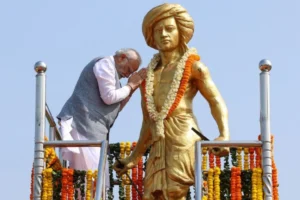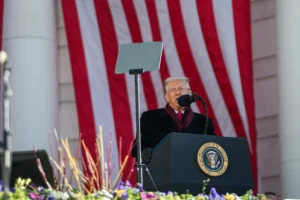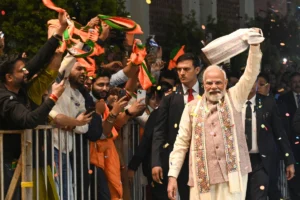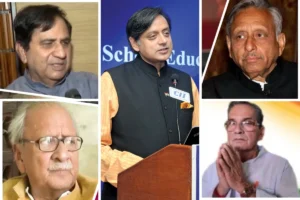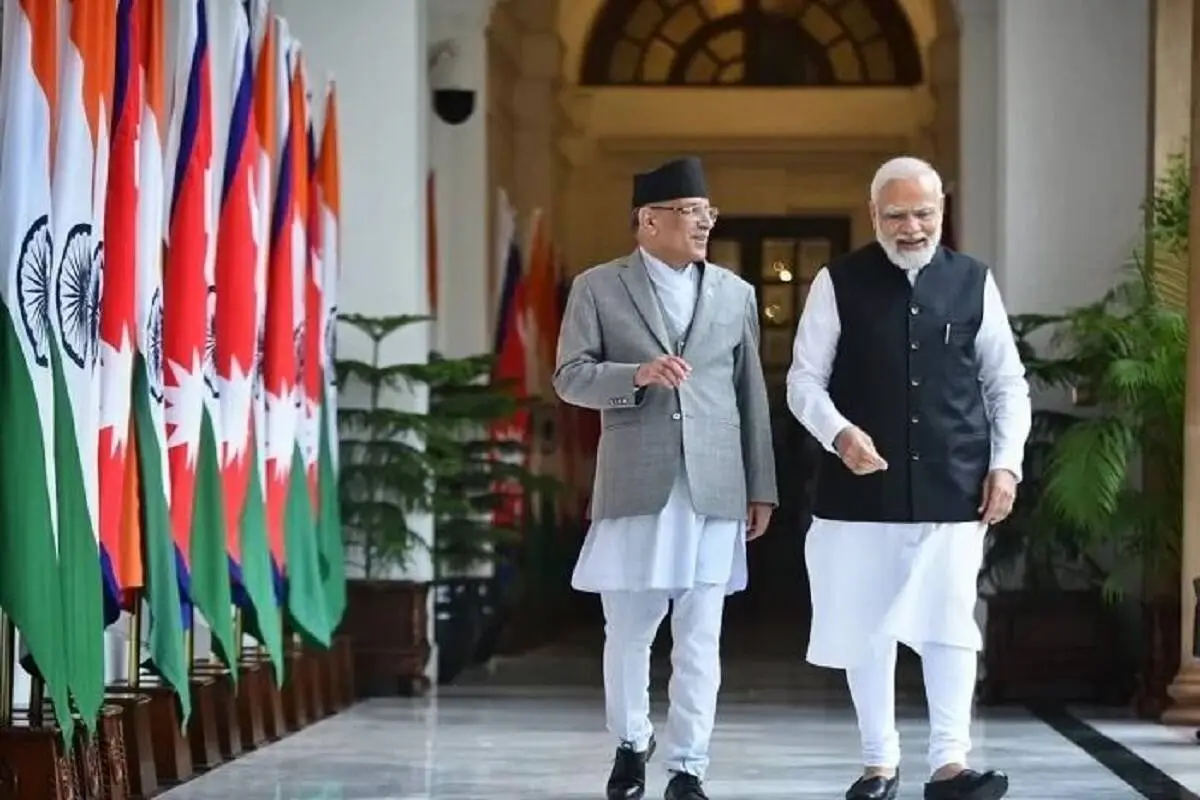
PM Narendra Modi and PM Pushpa Kamal Dahal
Under Prime Minister Narendra Modi’s leadership, India and Nepal have embarked on a remarkable journey, forging an alliance of progress and prosperity through an array of visionary projects. Recently, during Nepalese Prime Minister Prachanda’s highly significant inaugural visit to New Delhi, both nations unveiled a transformative strategy infused with the remarkable HIT formula: Highways, I-ways, and Trans-ways.
This historic collaboration, driven by a shared vision of connectivity and growth, holds tremendous promise for the future. The implementation of this dynamic formula is already yielding tangible results, but the path ahead is strewn with challenges that demand our utmost attention.
With concerted efforts, India and Nepal have made significant strides, committing to leverage the power of Highways, I-ways, and Trans-ways to enhance transportation networks, expedite trade, and foster economic integration.
With Nepalis permitted to work in India and Indian rupees freely utilised in Nepal, India and Nepal share an open border, giving each other’s citizens near national treatment.
India is Nepal’s largest business partner, the highest source of FDI, the transit country for almost all of Nepal’s third-country commerce and nearly all of its petroleum supplies, and the third largest source of inbound remittances after Saudi Arabia and Malaysia.
Thus the establishment of modern highways will not only further bolster connectivity between our two nations but also open new doors for mutual progress.
Simultaneously, the development of robust I-ways (information highways) will revolutionize communication and technology infrastructure, facilitating the seamless exchange of ideas, knowledge, and innovation. This digital revolution will empower our societies and accelerate socio-economic growth, placing both India and Nepal at the forefront of the digital era.
Moreover, Trans-ways, emphasizing comprehensive transportation systems, will further strengthen our bilateral ties by improving connectivity within and beyond our borders. By harmonizing logistics, streamlining customs procedures, and augmenting cross-border transport networks, we can unlock the immense potential of our respective regions and create a foundation for sustained growth and regional cooperation.
The relationship between India and Nepal has always been distinctive in its social, religious, and community contacts, as well as inter-marriages, including among the former royal families on both sides of the border.
Border Sensitivities and China Factor
Yet, while celebrating these remarkable historical ties, we must also acknowledge the pressing need to address border sensitivities and India’s concerns regarding Chinese influence in the region.
The border dispute between India and Nepal, centres around the Kalapani and Susta sectors. It remains unresolved despite a 2014 agreement aimed at addressing the issue. Authorities have had limited discussions on the matter. In 2019, India released a new map outlining the boundaries of Jammu and Kashmir, which sparked dissatisfaction in Nepal as it asserted India’s claims over these areas. In response, Nepal approved its own map in 2020 and made it a part of national symbols, currency, and official communication through a constitutional amendment. Prime Minister Modi expressed a commitment to resolving the boundary problem in a cooperative manner.
The recent inauguration of Nepal’s new parliament stirred controversy due to a mural depicting India, including Lumbini. While past Prime Ministers Bhattarai and Oli raised this issue internally, Prime Minister Prachanda did not.
Nepal has persistently called for a revision of the 1950 Friendship Treaty with India, arguing that it is an unjust agreement. However, despite numerous assurances, India has not taken any steps to address this issue, notably neglecting the recommendations of the Eminent Persons Group (EPG) report, which proposes changes to the treaty. Regrettably, the EPG report has been left untouched for over a decade.
In 2019, Nepal embarked on an ambitious 8-point infrastructure deal with China and became a participant in the Belt and Road Initiative. This move resulted in the implementation of various Chinese projects and a noticeable increase in China’s influence within Nepal’s political landscape. In response, India has launched its own new projects and successfully completed ongoing ones. Additionally, the Indian government has imposed restrictions on sourcing power from hydroelectric projects built or funded by Chinese companies. In contrast to China’s unsuccessful attempt in 2022 to reconcile the competing factions of Prachanda and Oli, India has adopted a more restrained and inclusive approach in its engagement with Nepali politics.
However, the enduring repercussions of India’s trade blockade in 2015, which was a response to the Indian government’s opposition to Nepal’s new constitution, continue to generate frustration among Nepalis, particularly within the Nepali establishment. This blockade has had a lasting impact, fueling discontent and animosity among the Nepali population.
Way Forward
Open and honest dialogue is essential to ensure trust and cooperation, as we work together to secure our borders and protect our shared interests.
India and Nepal are bound not only by geographical proximity but also by a rich history of cultural and social exchange. By nurturing this invaluable relationship and fortifying it with the HIT formula, we can overcome the challenges that lie ahead and forge an unbreakable alliance built on mutual respect, understanding, and collective prosperity.
Together, we have the opportunity to shape a future where India and Nepal stand as beacons of progress, united in purpose and brimming with boundless potential. Let us seize this moment, emboldened by our shared aspirations, and carve a path towards a brighter and more prosperous future for our people.












